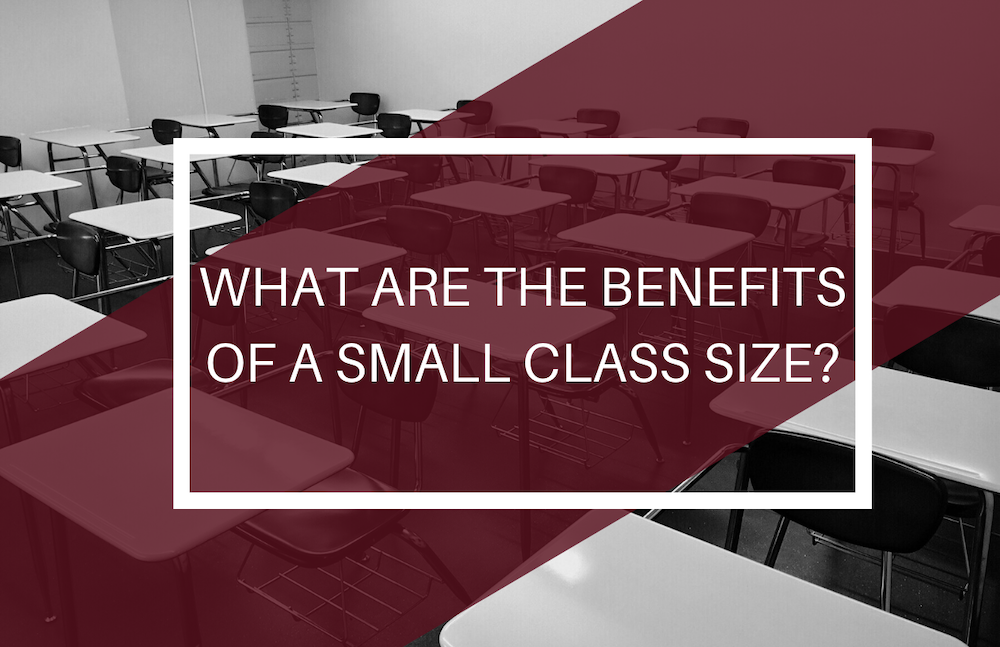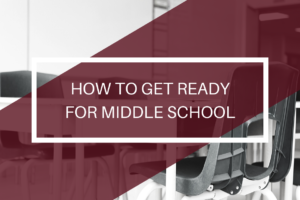What are the Benefits of a Small Class Size?
Student success is dependent on several variables. Nevertheless, positive results start in the classroom—a small classroom, that is.
Over time, various researchers have examined the impact of fo small class sizes. In general, research suggests that a small classroom can increase student success. However, emphasize that outside factors like quality instructors, comprehensive education, and more must also work in tandem for small class sizes to be effective.
Regardless, studies show that small class sizes do have benefits that can contribute to overall student success. Read more about the benefits of small classroom sizes and how your young scholar can prosper.
Benefits of Small Class Size
Individualized Instruction
First and foremost, teachers that oversee small classrooms can give more individualized instruction. It’s no secret that different learning styles affect student comprehension. In effect, visual learners may not thrive as well as a reading learner on an independent reading study task. In this case, the teacher is able to carefully consider each students learning needs.
This valuable instruction time can improve test results, increase comprehension, and boost students moral. All in all, teachers have the availability to meet more student’s instructional needs in smaller classroom sizes than larger classrooms.
Comprehensive Feedback
In addition to individualized instruction, teachers are allowed to create more comprehensive feedback to each student. As said before, with the appropriate variables, students can receive valuable individualized instruction. Students can also benefit from comprehensive feedback.
Feedback should be educative! In addition, it should be documented, provided in a timely manner, and specific to the student. In reality, constructive feedback is reserved for sporadic parent-teacher conferences that don’t serve the student. Smaller class sizes allow teachers the time to create and communicate thoughtful reports for improvement.
Classroom Participation
Have a shy or quiet child that doesn’t speak up much in class? Small classrooms are a welcoming environment for students of all social skills. It is an environment where each student can be heard and accounted for. Additionally, more ideas and thoughts are welcomed to the conversation.
In addition, students can connect more easily with their peers and create lasting friendships because of small classroom sizes. All in all, this environment created to spur ideas can also create a productive learning community.
Academic Results
One of the greatest—if not best—return on small classroom sizes are the improved academic results. Paired with a solid curriculum, small classroom sizes facilitate an optimal environment for learning.
The most referred to example of this is Tennessee’s state-wide Star project. The program found that great learning advances were made by students with a low student to teacher ratio. In addition, these advances followed the students after the study ended. Overall, the study showed that in the appropriate environment, students can grow and thrive.
Choose the Right School
All in all, combined with the appropriate variables, the benefits of small class size are insurmountable. Ultimately, it is important to choose a school that has quality instructors, comprehensive education, and classroom sizes for your child to benefit.
Academies of Math & Science Charter Schools is a high-achieving charter school in Arizona that specializes in STEM education. The curriculum is created to help develop student’s critical skills that set them on the path to lifelong success.
The STEM curriculum is balanced with extracurricular classes like foreign languages (Russian and Mandarin), music (piano, guitar, choir, and theory), art, and character development.
Even more, class sizes are limited to ensure that your child receives the attention that they deserve to thrive inside and outside of the classroom.
Schedule a tour or enroll your young scholar for the upcoming semester today.





